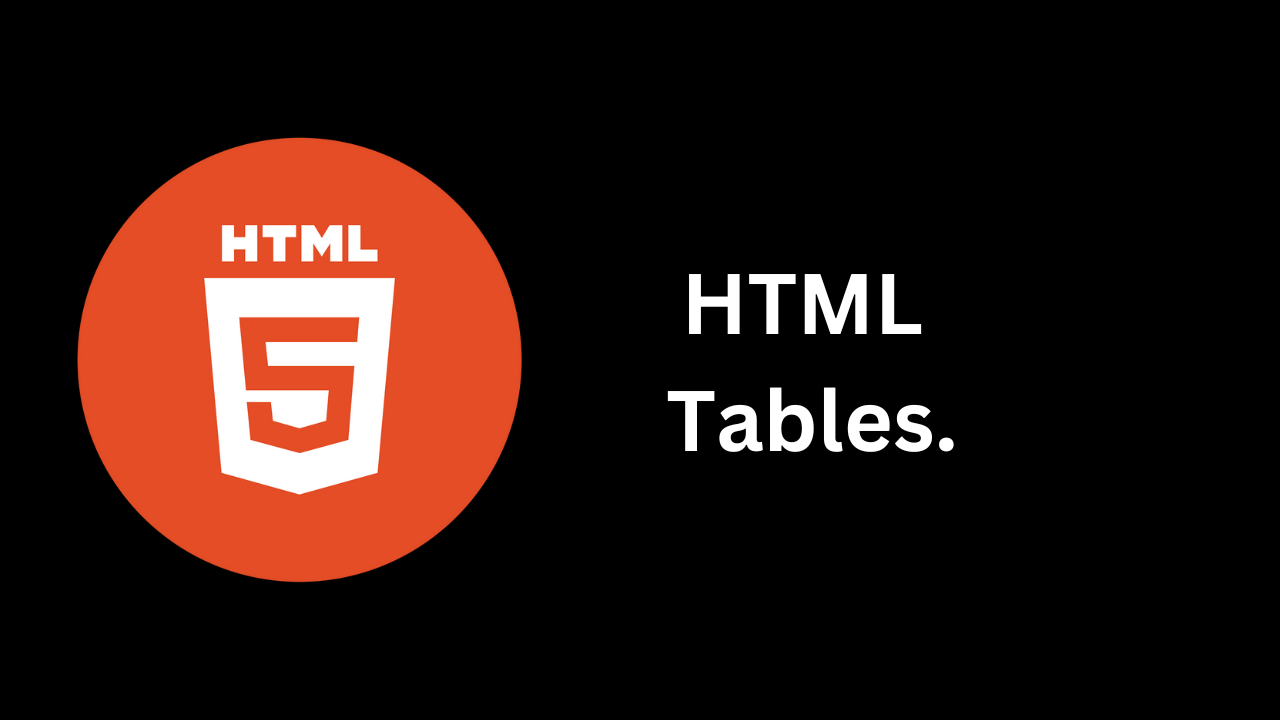Mastering HTML Tables
 Shivani Patel
Shivani Patel
HTML tables are a fundamental component of web design that allow you to organize and present data in a structured manner. Whether you’re displaying a schedule, a comparison chart, or any other data-driven content, mastering tables can significantly enhance the readability and functionality of your web pages. In this blog post, we will cover the basics of HTML tables, their structure, styling, accessibility, and best practices.
What is an HTML Table?
An HTML table is defined using the <table> element and consists of rows and cells where data is organized in a grid format. Tables are particularly useful for displaying tabular data, making it easier for users to read and comprehend complex information.
Basic Structure of an HTML Table
The basic structure of an HTML table consists of the following elements:
<table>: The container element for the table.<tr>: The table row element that holds the table cells.<th>: The table header cell that defines the headings for the columns.<td>: The table data cell that holds the actual data.
Here’s a simple example:
<table>
<tr>
<th>Name</th>
<th>Age</th>
<th>Occupation</th>
</tr>
<tr>
<td>John Doe</td>
<td>30</td>
<td>Web Developer</td>
</tr>
<tr>
<td>Jane Smith</td>
<td>25</td>
<td>Graphic Designer</td>
</tr>
</table>
Explanation of Elements
Table Element (
<table>): This element wraps all other table elements.Table Row (
<tr>): Each row of the table is defined using the<tr>tag.Table Header (
<th>): The headers are defined using the<th>tag, which is typically bold and centered by default.Table Data (
<td>): The data in each cell is defined using the<td>tag.
Adding Attributes to Tables
You can enhance your tables with various attributes to improve their functionality and appearance:
border: Defines the border around the table cells.cellpadding: Sets the space between the cell content and its border.cellspacing: Sets the space between the cells.widthandheight: Specify the dimensions of the table.
Example with Attributes
<table border="1" cellpadding="10" cellspacing="0" width="100%">
<tr>
<th>Name</th>
<th>Age</th>
<th>Occupation</th>
</tr>
<tr>
<td>John Doe</td>
<td>30</td>
<td>Web Developer</td>
</tr>
<tr>
<td>Jane Smith</td>
<td>25</td>
<td>Graphic Designer</td>
</tr>
</table>
Styling Tables with CSS
To improve the appearance of your tables, CSS can be employed. You can change colors, fonts, borders, and much more. Here’s an example of styling the table:
<style>
table {
width: 100%;
border-collapse: collapse;
}
th, td {
border: 1px solid #ddd;
padding: 8px;
text-align: left;
}
th {
background-color: #f2f2f2;
}
tr:hover {
background-color: #f5f5f5;
}
</style>
Making Tables Accessible
Accessibility is crucial in web design, and tables are no exception. To ensure that screen readers can interpret your table correctly, consider the following practices:
Use
<caption>: Add a caption to provide a summary of the table’s purpose.<table> <caption>Employee Information</caption> ... </table>Scope Attributes: Use the
scopeattribute in<th>elements to specify whether the header is for a row, column, or group of rows or columns.<th scope="col">Name</th>ARIA Roles: Use ARIA roles for more complex tables to help assistive technologies.
Best Practices for Using Tables
Keep It Simple: Avoid overly complex tables. If the data can be presented in a simpler format (like lists), consider doing so.
Limit the Number of Columns: Too many columns can make a table difficult to read.
Provide Clear Headers: Ensure that headers clearly describe the data in the columns.
Use Responsive Design: Ensure your tables are responsive for mobile users by using CSS techniques like media queries.
Conclusion
HTML tables are a powerful tool for organizing data on the web. By understanding their structure, utilizing CSS for styling, ensuring accessibility, and following best practices, you can create tables that not only present data effectively but also enhance the overall user experience. Whether you’re a beginner or looking to refine your skills, mastering HTML tables is a valuable addition to your web design toolkit. Happy coding!
Subscribe to my newsletter
Read articles from Shivani Patel directly inside your inbox. Subscribe to the newsletter, and don't miss out.
Written by
